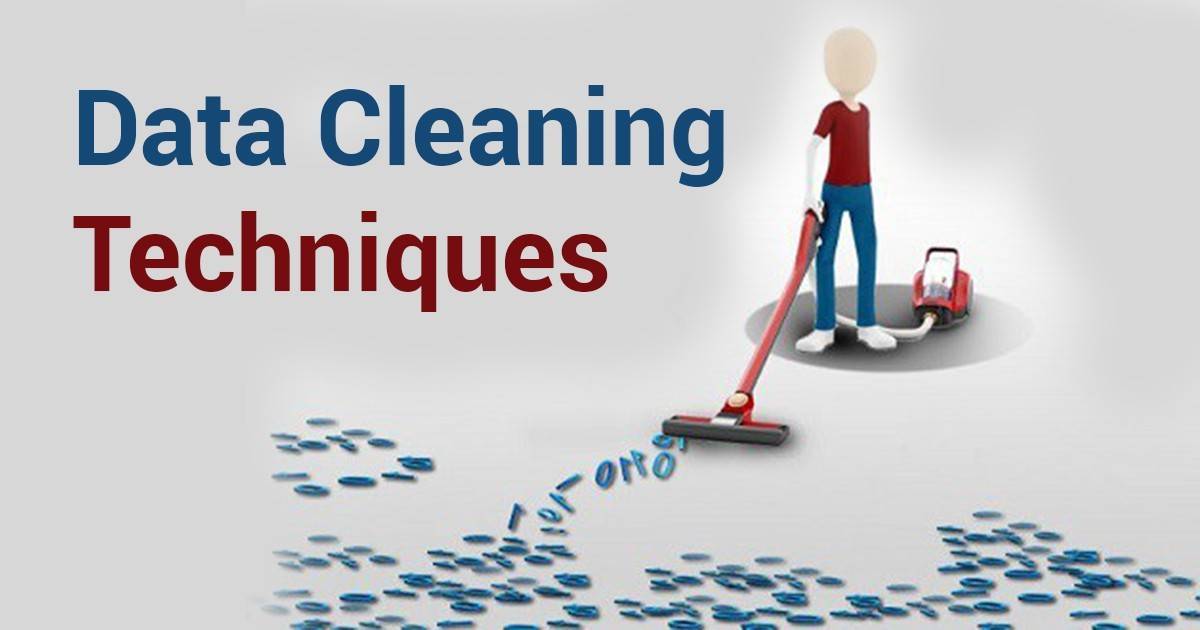Data Cleaning for AI Optimization: Key Steps for Better Performance
In the world of Artificial Intelligence (AI), data is the fuel that powers machine learning algorithms. However, not all data is created equal, and much of it is messy or unstructured. Data cleaning is an essential step to ensure that the data fed into AI models is accurate, consistent, and relevant. Without proper data cleaning, AI models can become inaccurate or even biased, affecting decision-making processes in a range of industries. In this post, we’ll explore why data cleaning is so crucial for AI optimization and outline the best practices to get the most out of your data.
Why Data Cleaning Matters for AI Optimization
AI models rely heavily on large datasets for training, and the quality of these datasets directly impacts the model's ability to make predictions. Poor quality data can lead to poor decision-making, as AI algorithms may pick up and learn from incorrect or irrelevant patterns. For example, if an AI model is trained on data with missing values or duplicated entries, it may produce misleading results or show skewed behavior.
Moreover, inconsistent data can cause AI systems to struggle with generalization, where the model works well on the data it was trained on but fails to perform accurately on new or unseen data. This is a significant challenge in industries like healthcare, finance, and autonomous driving, where the stakes are high.
Key Steps in Data Cleaning for AI Optimization
Removing Duplicate Data: One of the most basic tasks in data cleaning is removing duplicates. Duplicated data can confuse AI models by inflating certain patterns or creating bias. By eliminating duplicates, you ensure that the model doesn't overemphasize specific data points.
Handling Missing Data: Missing data is common in real-world datasets. Depending on the context, missing data can be addressed by either filling in gaps (imputation) or removing the incomplete entries. Imputation techniques, such as mean, median, or mode imputation, can help retain useful information without distorting the dataset.
Standardizing Data Formats: AI models perform better when data is consistent. This involves standardizing formats, such as date and time formats, currencies, or categorical variables. For example, ensuring all dates are represented in the same format (YYYY-MM-DD) can prevent misinterpretations during analysis.
Outlier Detection and Removal: Outliers, or extreme values, can negatively affect the performance of AI models by introducing noise into the dataset. Identifying and addressing outliers is crucial to ensure that the model doesn’t learn from extreme and irrelevant data points.
Data Transformation: Sometimes, raw data needs to be transformed to be more useful for AI training. For instance, converting categorical variables into numerical ones (using techniques like one-hot encoding) can allow machine learning algorithms to interpret them more effectively.
Tools for Data Cleaning in AI
There are various tools available to streamline the data cleaning process, such as Pandas and NumPy in Python, which are widely used in data science for data manipulation and analysis. Other specialized tools include OpenRefine for cleaning messy data, Trifacta for data wrangling, and Talend for automating data preparation workflows.
Conclusion
Incorporating robust data cleaning practices is a cornerstone for optimizing AI models. Without clean, accurate, and consistent data, even the most advanced machine learning algorithms may fail to deliver their full potential. By understanding the importance of data cleaning and applying best practices, organizations can improve the performance, accuracy, and fairness of their AI models, ultimately leading to better outcomes across various applications.


